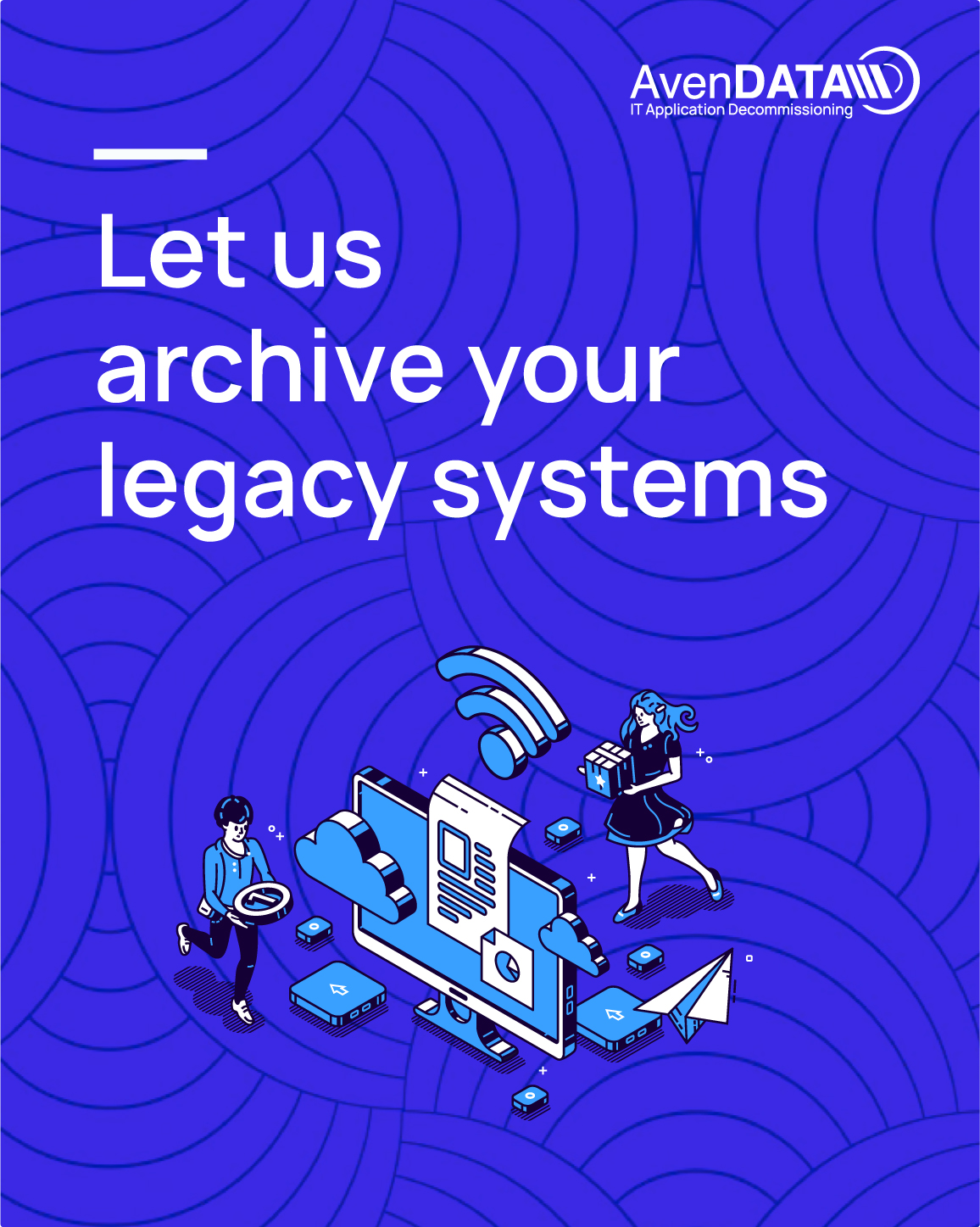Legacy systems have long been the backbone of operations in the IT and banking sectors. Despite the emergence of modern technologies, these systems continue to play a critical role in supporting essential functions. Understanding how legacy systems work and their underlying architecture is paramount for IT companies and banking institutions to ensure smooth operations and strategic decision-making. In this article, we will delve into the intricacies of legacy systems, shedding light on their functionality and architecture.
Legacy Systems: An Overview:
Legacy systems refer to older technologies, hardware, software, and applications that have been in use for an extended period, often serving as the foundation for critical business processes. In the IT and banking sectors, these systems typically include mainframes, proprietary software, and custom-built applications developed decades ago. Despite their age, legacy systems remain integral to daily operations, handling tasks ranging from transaction processing to customer management.
Architecture of Legacy Systems:
The architecture of legacy systems is characterized by its robustness and reliability, designed to handle large volumes of data and transactions with efficiency. In the banking sector, for example, mainframe computers are commonly used as the central processing unit, managing core banking functions such as account management, transaction processing, and data storage. These systems are built to withstand high workloads and ensure continuous uptime, essential for maintaining the integrity of financial transactions.
02. Middleware:
03. Database Management Systems (DBMS):
04. User Interfaces:
How Legacy Systems Work:
Conclusion:
-
How Legacy Systems Work and Their Architecture
-
Legacy Systems in Digital Era:
-
SAP Carve-Out Guide: Definition, Process, Benefits
-
System Decommissioning: A Strategic Guide
-
20 Reasons why legacy ERP systems must be archived and data should not be deleted
-
IT Mergers and Acquisitions: The ABCs of a Successful Integration
-
Mastering IT M&A and Carve-Outs: Addressing Pain Points with Practical Solutions
-
Modernizing Legacy Systems: A Strategic Guide for IT Company Owners
-
The importance of legacy systems is steadily increasing
-
Ten Key Questions with Emanuel Boeminghaus





